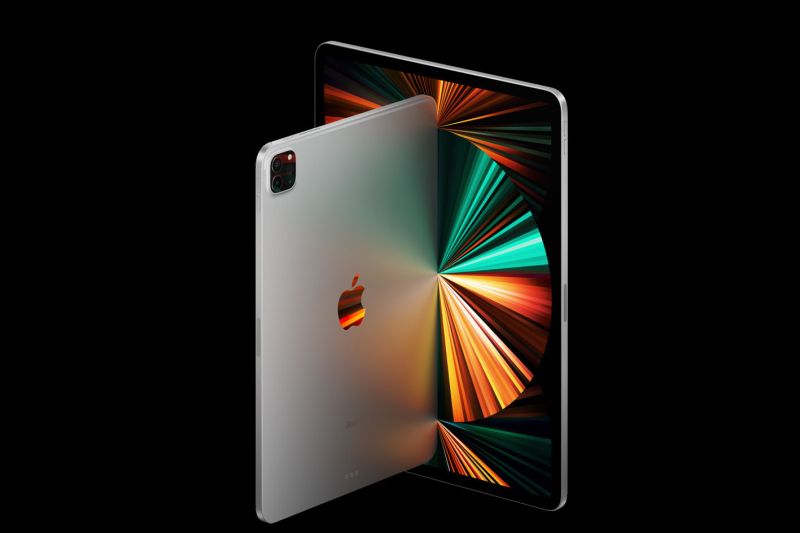Laptops have developed from basic computer devices to potent workstations that fit in the palm of our palms amid the ever-evolving technological landscape. With each passing year, computers are breaking down barriers and establishing new benchmarks that redefine our expectations in the quest for speed and performance. In this post, we delve deep into the area of laptop speed, investigating the most recent innovations, parts, and benchmarks that influence the quickest laptops available.
A processor’s heart is speed.
The CPU, also known as the “brain” of the computer, is what drives laptop performance. The severe competition between processors from market leaders like Intel and AMD has pushed both companies to innovate and provide faster, more effective chips.
The most recent laptop CPUs include several cores and threads, allowing them to carry out multiple tasks at once. This feature for parallel processing improves multitasking by enabling users to conduct taxing workloads and programs without the system becoming sluggish. Additionally, improvements in architecture and manufacturing techniques help to increase performance per watt, producing processors that are more potent and energy-efficient.
Timekeeping and turbo boost
An important aspect of a processor’s performance is its clock speed. It refers to the maximum number of cycles (usually measured in gigahertz, or GHz) that a processor can carry out per second. Faster task and instruction processing is a result of faster clock rates.
Another feature of many contemporary processors is a capability known as “Turbo Boost.” Based on the workload, this feature dynamically raises the processor’s clock speed as necessary. For instance, the processor might momentarily increase its clock speed to provide more performance when performing demanding tasks like video editing or gaming.
Unleashing Parallelism with Multithreading
A single CPU core can run many threads at once thanks to the multithreading technology. Smaller program components known as threads can be handled independently. Modern processors can handle numerous operations in simultaneously by utilizing multithreading, which enhances overall performance and responsiveness.
Simultaneous Multithreading (SMT) from AMD and Hyper-Threading from Intel are two examples of multithreading technologies that improve multitasking.
Performance of Graphics: Beyond Standard Processing
Another key component of overall laptop speed is graphics performance, particularly for activities like gaming, content creation, and video editing. For producing pictures and accelerating some computations, there are two types of graphics hardware: integrated graphics processors (iGPUs) and dedicated graphics cards (GPUs).
Over time, integrated graphics have substantially improved, making it possible for laptops to perform common tasks with ease. However, dedicated GPUs like NVIDIA and AMD give graphics performance a noticeable boost and are necessary for demanding workloads.
SSDs: Increasing the speed of data access
Solid-state drives (SSDs), which are incredibly fast and dependable, have essentially supplanted conventional hard disk drives (HDDs). Compared to HDDs, which rely on spinning disks, SSDs, which employ flash memory to store data, offer far quicker read and write rates.
Data access speeds, in particular, have been revolutionized by NVMe (Non-Volatile Memory Express) SSDs. Bypassing the restrictions of SATA connectors, these SSDs connect directly to the PCIe bus and offer blazing-fast data transfer rates. As a result, games and programs launch more quickly, boot up more quickly, and load more quickly.
RAM: Closing the Loop
The temporary memory that a computer utilizes to store information for running programs and processes is known as random access memory (RAM). The system can run more applications at once with more RAM without experiencing any lag caused by data switching between RAM and storage.
Laptops with enough of RAM, which is frequently measured in gigabytes (GB), enable users to work with massive files and complex software without experiencing performance stutters.
Benchmarking: Evaluating Results
The technique of benchmarking involves employing standardized tests and exercises to assess a laptop’s performance. It offers a quantitative assessment of a laptop’s performance under diverse workloads, enabling fair comparisons between various models and manufacturers.
Frequently used metrics include:
Geekbench: Evaluates the CPU and GPU’s processing power.
Utilizing rendering workloads, Cinebench measures the performance of the CPU and graphics.
Assesses a laptop’s graphics and gaming performance using 3DMark.
CrystalDiskMark: Evaluates SSD performance by gauging read and write rates.
PCMark: Assesses the efficiency of a system as a whole and individual task productivity.
Thermal Control: Remaining Calm for Consistency
As laptops becoming more powerful, controlling heat becomes essential to ensuring dependable operation. Thermal throttling, a process where the processor lowers its clock speed to minimize harm from high heat, can result from overheating.
Manufacturers use cutting-edge cooling techniques to efficiently dissipate heat. These options for directing heat away from crucial components include heat pipes, vapor chambers, and many fans. To balance performance and heat management, some laptops even come with software that enables users to alter fan speeds and thermal profiles.
Software Improvement: The Secret to Effectiveness
The performance of laptops can be significantly improved via software optimization. The newest hardware developments are taken advantage of by operating systems and applications, ensuring that customers get the most out of their laptops.
Modern laptops also frequently include capabilities like AI-driven improvements. In order to ensure optimal power consumption and responsive performance, these improvements modify the laptop’s performance based on usage patterns.
Pushing the Speed Limits, Conclusion
The competition for laptop performance keeps raising the bar for what is practical. The newest laptops are pushing through speed barriers with every new iteration, from CPUs that give incredible processing power to graphics cards that generate amazing pictures in real-time.
The performance standards of the newest laptops change our expectations of what portable computing can accomplish, whether it be solving sophisticated simulations, editing high-resolution movies, or taking part in intense gaming experiences. These computers, which continue to push the boundaries of speed and efficiency to give users the resources they need to rule the digital world, stand as a tribute to human creativity as technology develops.
